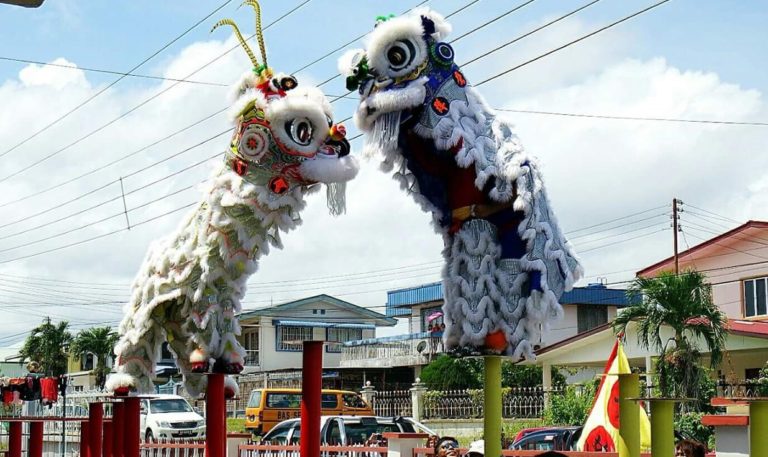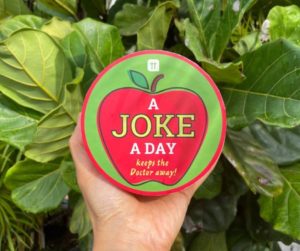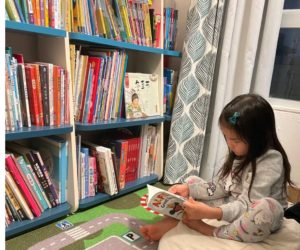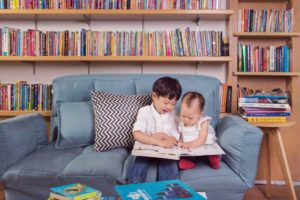感谢您的查阅!抱歉我们暂时没有把这篇文章翻译成中文。如有所需我们会乐意翻译,敬请提供回饋。谢谢您的支持!
Chinese New Year (CNY) is just around the corner, are you and your kids getting ready for one of the most celebrated festivals in the world? To get in the CNY mood, we have been sharing and discussing with our older kids interesting facts and stories relating to CNY – including those Facebook submissions to our page earlier for the CNY game, thank you! Here are some of our children’s favourites – these may be obvious for adults, but to children it’s amazing new insights!
- The CNY date is different every year as it follows the lunar calendar, which is formed based on the movements of the moon.
- Each CNY starts with a different animal zodiac year – each lunar cycle has 60 years, and 12 years is regarded as a small cycle hence 12 zodiac animals. 2018 is the year of Dog, ranked 11th out of 12 in a legendary zodiac race.
- There was once a monster called Nian (年) who ate all grain and livestock every new year. One year, per the advice of old man villagers scared it away with things of red colour, noises of drums, firecrackers and scary face masks, and this has been the tradition ever since to “overcome Nian” (过年) and it never returned.

Many parents nowadays obtain various information from the internet, and so did we when researched CNY facts and stories for our children. You must have also experienced that you often find facts, stories, and news told in different versions – sometimes accurate, other times exaggerated or fabricated. As our children begin to master the skills to read on their own, we should also help them develop critical thinking skills, so they can judge for themselves appropriately when they discovered and began to read from the sea of information available in the internet one day.
Sure, it all makes sense, but how and where to start? Our roles as parents should be to guide our children to develop independent positive thinking, instead of dictating what they should think. It is important that they can think for themselves as they grow up and not be over-reliant on parents on answers to situations. Children are fast learners and they learn from every day experiences and conversations with people around them, so one easy place to start is when your children next ask you “why?”.
It is a good place to start because children learn faster when it is something they can relate to or have experienced themselves. Even if it’s just 20 seconds, turn to look at your child and give him/her a proper answer instead of brushing them off with the superficial answer “Yes…/是呀..”. The quality of our answers to these “why’s” will frame how their little minds think.
Where applicable, try to guide your children to the answer instead of giving them the answer straight away, as just like everything else we need to give our children chances to practice new skills, including independent thinking. Answer by asking another question will help them see ways to derive at an answer. The process of thinking is often more important than the answer itself.

Moreover, a question is usually the start to a great conversation, through which we learn how each other think, and we as parents will be able to share with our children how we think, how to judge what’s right and what’s not, and to also convey family values etc.
In the parents’ guides that are placed inside our monthly Reading Panda boxes, we often suggest questions to ask children for many of the story books we sent out. This is because we believe questions are great conversation starters, especially to subjects which we may otherwise find difficult to cover on daily lives without being too obvious.
Start asking your own questions too as you go along reading a book with your children – try to avoid asking questions that can be answered with a yes or no – these questions can easily lead you into a cul-de-sac, and the conversation will end before it really begins! Do them in a chatty manner so your child does not feel like you are looking for a specific answer, or that you are putting him/her on the spot.
“The answers aren’t important really… What’s important is- knowing all the questions.”
– Zilpha Keatley Snyder, an American award-winning children’s books author

If your children are not ready to answer yet or not sure how to answer, it’s OK, guide them to the answer and show them how you think too. Do remember keep the pleasure in reading and don’t overdo it with questions after questions – take clues from your children.
We hope you will all have plenty of stories sharing and conversations with your children this CNY! Start great conversations by answering to your child’s whys, and ask your own questions relating to any stories or story books!
May we take this opportunity to wish you all a lovely CNY gathering with families and friends, and a happy and healthy year of Dog ahead filled with many fun and meaningful conversations with your children!





